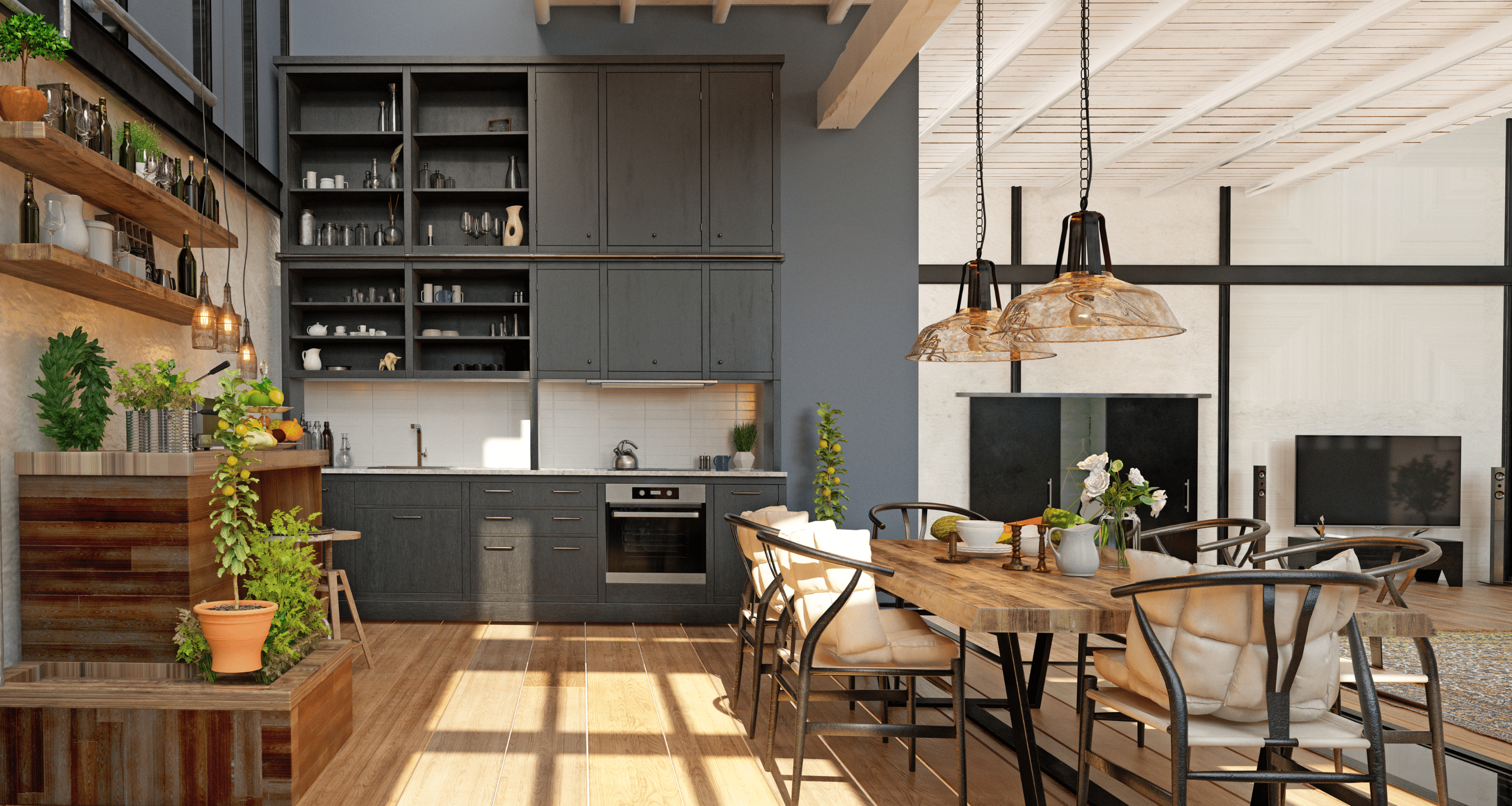If you’ve been following us for a while, you’ll know we’re serious about sharing the far-reaching benefits of building sustainable, stylish, and energy-efficient homes. Passive house design is an approach to building that makes all this possible. While comfort in an energy-efficient house is the priority, we know it’s also about making a conscious choice towards a sustainable future.
In this blog, we’re giving you the lowdown on the key elements of passive house design, the impressive energy savings you can achieve, how building green doesn’t have to break the bank and more.
Unpacking Passive House Principles
Victoria’s climate is varied; summers can get hot, and winters are chilly. The beauty of passive design is that it maintains optimal temperature inside without relying on constant air conditioning or heating. Combining the following elements makes passive house design energy-efficient and effortlessly comfortable year-round.
Airtightness
Passive house construction prioritises airtightness to minimise drafts — akin to a well-insulated thermos. It requires sealing gaps around windows, doors, and other openings, creating a snug envelope.
Mechanical Ventilation with Heat Recovery (MVHR)
Since passive homes are so airtight, a particular ventilation system called Mechanical Ventilation with Heat Recovery (MVHR) becomes essential. MVHR pulls fresh air from the outside into the building and uses the recovered thermal energy from the inside air to prepare it. This technique introduces a constant supply of fresh, filtered, climate-appropriate air throughout the home without causing drafts, reducing reliance on traditional heating and cooling systems.
Super Insulation
A good thermos needs thick walls. An energy-efficient house means walls, ceilings, floors, and foundations are packed with high-performance insulation suited explicitly for the Victorian climate. This keeps the external temperature out and prevents the internal conditions from escaping.
High-Performance Windows
Natural light makes a home feel more spacious and connected to the outdoors, but traditional windows aren’t ideal for prime energy efficiency. Passive homes use high-performance windows with double or triple glazing and special coatings to let the light in but keep the heat and cold out.
The High-Performing Home Efficiency Advantage
Passive home designs can reduce heating and cooling energy consumption by a staggering 80% compared to a standard home. This is achieved, by reducing reliance on air conditioning systems to maintain temperature, airtightness, and superior insulation, which creates a consistently temperate environment.
Even when you need to use your air conditioner, the reduced thermal load (less heat gain/loss) means your system won’t have to work as hard, minimising energy consumption during peak usage times. Passive-house homes often require smaller HVAC systems, reducing overall energy consumption and initial system cost outlay.

How To Make Passive House Design More Affordable
As passive houses become more prevalent in Australia, the availability of cost-effective materials is increasing. Several government initiatives offer financial rebates for building energy-efficient homes, which can help offset some of the upfront costs associated with construction.
Some lenders offer green home loans with reduced interest rates or other incentives for energy-efficient construction or upgrades, alongside local councils and organisations providing incentives, such as reduced development costs and prioritised permit approvals.
Debunking Common Misconceptions
Passive house principles are not limited to a specific architectural style, you’re still able to create a home that is uniquely yours. It’s not only for new builds, either. Passive principles can be incorporated into a renovation, although the level of achievable energy efficiency may not be as high as a new build. Nor is passive design only for cold climates. The features combine to provide a comfortable home year-round, regardless of the season or predominant climate, including Victoria’s often-variable weather.
Can Passive House Help Us Towards Net Zero?
While emerging trends like Net Zero standards are still evolving, passive house principles form a foundation for achieving this ambitious goal. It is all about reducing energy consumption while generating enough renewable energy to offset the entire household’s usage.
Helping You Create Long-term Energy Savings
Ready to build a comfortable, sustainable home that saves you money? As experienced passive house builders, we can help you optimise your design to achieve the benefits without breaking the bank. A free consultation with us is the first step in turning your vision into a reality.

